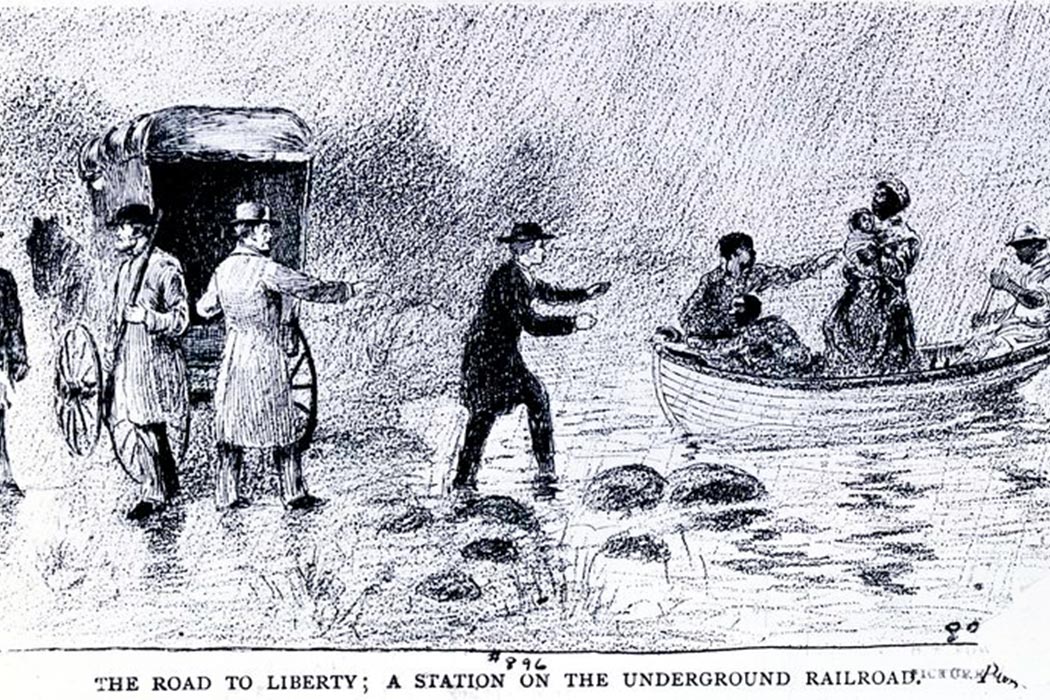The Underground Railroad is shrouded in myth. Historians have puzzled over the extent of its reach, organization, and the individuals involved. It was, after all, a secret, outlaw enterprise. Apart from wealthy white abolitionists, the networks of the Railroad depended on ordinary folk, many of them former slaves or free–born African Americans. But they left very few records of their work.
And this was dangerous work. For starters, it was illegal. The Constitution required that slaves “held in Service or Labor” be returned to their owners if they were to flee or escape. As early as 1793, a Fugitive Slave Act was passed to enforce this clause. Still, more and more escaped from slavery during the first half of the 19th century.
The issue of these “fugitive slaves” and the question of slavery’s expansion into new western states resulted in the Compromise of 1850. This deal included a new Fugitive Slave Law with real teeth. It compelled local officials and even ordinary citizens to assist in capturing escaped slaves. On the other hand, for those who helped runaways, penalties included up to 6 months imprisonment and a prohibitive fine.
Katherine DuPre Lumpkin profiled two free-born African American men, William Lambert and George De Baptiste, who actively disobeyed this law. They campaigned in Michigan for the right to vote for African Americans—work for which Lambert was especially well known. Additionally, they operated underground, helping people escape from bondage and into British Canada, free land strategically located right across the Detroit River.
Information about the two men comes to us largely from statements they made after the Civil War. They separately discussed the existence of a “Negro secret Order” of free blacks formed to help former slaves make it to Canada. It had several names: the African-American Mysteries, The Order of the Men of Oppression, the Order of Emigration. There was—in Lambert’s words—a book detailing “the ritual, the names of the degrees, the test words, grips, descriptions of emblems and lessons” of the Order, but it has been lost to history.
While Lumpkin doesn’t doubt the Order’s existence, she wonders whether it was as large and extensive as the men claim. Nonetheless, their testimonies and interviews are a source of great intrigue.







